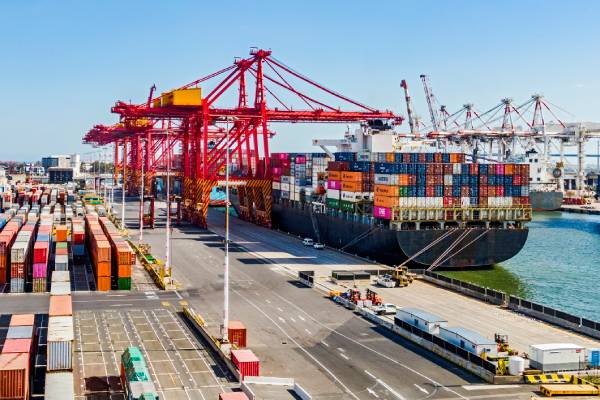
Not long after President Donald Trump announced earlier this week that the United States would implement 25% tariffs on U.S.-bound imports from Canada and Mexico, effective February 1, he subsequently said that the nation would also levy a 10% tariff on U.S.-bound imports from China.
A Reuters report indicated that the impetus for the tariffs on China is due to fentanyl is being sent from China to the U.S. via Mexico and Canada.
In posts made on his Truth Social platform in late November, Trump said that, effective January 20, when he takes office, he would sign an Executive Order, calling for a 25% tariff on all U.S.-bound imports from Canada and Mexico, as well as an additional 10% tariff on all U.S.-bound imports from China.
Earlier this week, Trump directed federal agencies to study trade relationships with China, Canada, and Mexico, the three largest U.S trading partners, he made it clear he would implement new, or increased, tariffs on, them.
In a memo issued on January 21 to various federal government and cabinet officials focusing on an America First Trade Policy, including the Secretaries of State, Treasury, Defense, Commerce, Homeland Security, the director of the Office of Management and Budget, the United States Trade Representative, the Assistant to the President for Economic Policy, and the Senior Counselor for Trade and Manufacturing, Trump said that his in 2017 his administration pursued trade and economic policies that put the American economy, the American worker, and national security first.
“This spurred an American revitalization marked by stable supply chains, massive economic growth, historically low inflation, a substantial increase in real wages and real media household wealth, and a path toward eliminating destructive trade deficits,” the memo stated.